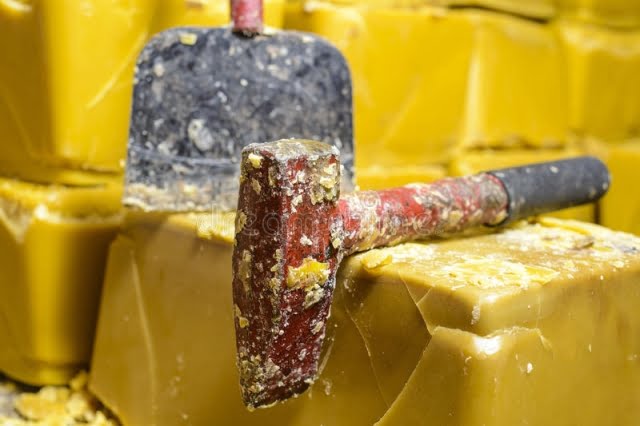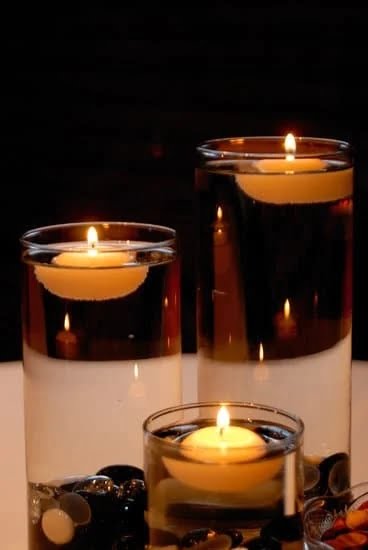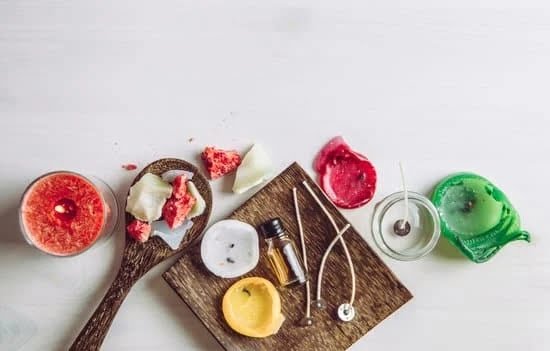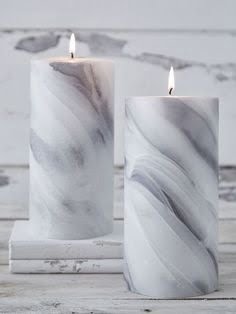Introduction
Candle-making has been a part of human culture since we learned to manipulate natural materials centuries ago. Primitive candles were made of animal fat or vegetable oil and were used to light fires and torches. It took many centuries for us to discover how to make these primitive candles into objects of both utility and beauty.
The earliest uses of fragrance oils in candle-making date back as far as the 14th century. These fragrances, often derived from flowers, herbs, fruits and spices, added an additional dimension to candle-making by providing a pleasing aroma when the candles burned. As time passed, technology improved, allowing manufacturers to create more complex and attractive scented candles with a profusion of heady fragrances. By the 19th century, candle-making had become an art form with manufacturers producing both simple molded candles and elaborate centerpieces featuring heavily scented beeswax accumulations with intricate carvings or decorations.
Today’s modern fragrance oils are synthetics composed of combinations of natural essences carefully blended together. They have revolutionized furniture making giving consumers the ability to select from literally hundreds different scents from fresh fruit fragrances to musky florals or traditional holiday favorites. With the assistance of modern techniques such as scent engineering, technicians are now able to mimic even the most exotic aromas using blends data collected by computer aided programs that measure scent intensity on a molecular level for accuracy in duplication. While some candle-makers still prefer natural essential oils for their high quality standards; many have found that synthetic oils provide greater range along with better performance in their creations
Types of Fragrance Oils
Fragrance oils can be broken down into two primary categories – essential oils and fragrance oils. Essential oils are natural extracts derived through methods such as steam distillation, expression, or chemical extraction. These plant-based oils carry their own unique aromas due to their chemical composition, while also possessing medicinal qualities. Fragrance oils, on the other hand, are synthetic compounds that typically mimic the smell of natural elements such as flowers or fruits. These cheaper alternatives to essential oils are often used for candle making due to their more complex compositions and more intense scents. Synthetic fragrance oils don’t contain therapeutic benefits like essential oils do, but they can still create subtle notes of certain smells in a wax mixture and amplify a candle’s aroma when lit.
Benefits of Fragrance Oils
Fragrance oils can provide a number of health benefits beyond improved air quality. They can help to create a more calming, stress-relieving atmosphere that supports relaxation. The natural aroma from these oils has the potential to reduce tension and improve moods. Studies have shown that certain aromas may even increase alertness and decrease fatigue levels, making them helpful for people who struggle with mental energy and focus. Additionally, many of these fragrance oils can be used in homemade massage oils or diffused in an oil burner which can boost relaxation levels even further.
Best Practices for Selecting Fragrance Oils
Understanding the Ingredient List of a Fragrance Oil:
The ingredient list for fragrance oils is usually quite lengthy and can be confusing to read. There are several important things to understand about each individual ingredient and its potential impact on your finished product when added as part of your candle’s scent.
When you begin looking at the list of ingredients in a fragrance oil, it is important to be aware that fragrances are nearly always a blend of both natural essential oils and synthetic aroma chemicals. Natural essential oils are made from botanical sources such as flowers, citrus fruits, or herbs, while synthetic aroma chemicals are typically petroleum derivatives. Both types of fragrances have their advantages and drawbacks; however many modern artisan scents rely heavily on synthetics due to their consistent scent profiles, reduced cost, increased stability over time, and other advantages they bring. A breakdown of each major component of the fragrance oil which includes essential oils, synthetics, floral notes and naturals will help you determine what type of fragrance oil best suits your needs.
It is also recommended that you research each individual ingredient in the perfume before purchasing it for use in your product; understanding what an ingredient does chemically speaking can provide valuable insight into how it will affect the end result. For example many common fragrances contain citral which is known to be strong irritant when used in high concentrations. A little knowledge up-front could go a long way towards helping you select the right product!
Ways to Use Fragrance Oils
Besides candle-making, fragrance oils can have many uses in a home setting. Essential oil diffusers are great for infusing scent into any space without having to light candles. Simply add a few drops of your favorite essential oil and the warm air will carry it throughout the room. Candles can also be used in conjunction with an essential oil diffuser by using essential oils as additives to the candle wax or wick material. This method can create a double-scented effect that’s sure to please. Additionally, using an essential oil vaporizer is also an option when trying to infuse scent into candles – simply add a few drops of essential oil directly onto the heating element and allow for the aromas to be released into the air. Finally, mixing a few different fragrances together can create unique combinations that are perfect for creating scented candles!
Conclusion
When it comes to storing your candle-making fragrance oils, it is important to keep them in dark, dry places at room temperature—ensuring that no sunlight or heat can directly affect the container. If possible, try to store fragrance oils away from any strong aromas. This will help prevent specific scents from mingling together. When handling the fragrance oils, be sure to wear gloves as essential oils can often cause skin sensitivity.
To maximize the scent power of your homemade candles, there are a few things you can consider doing. Be sure to select a wax that has been specifically designed for candle-making as this will provide better scent retention due to its composition. Adding a little extra concentrate of your desired fragrance oil also helps strengthen any scent and makes it more prominent when lit. Lastly, opting for a wood wick as opposed to cotton or paper ones provides a much longer burn time and gives off an increased scent throw while burning.

Welcome to my candle making blog! In this blog, I will be sharing my tips and tricks for making candles. I will also be sharing some of my favorite recipes.





